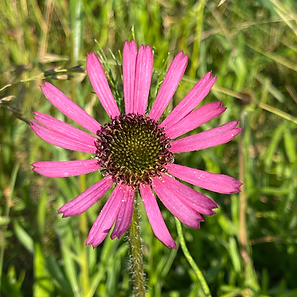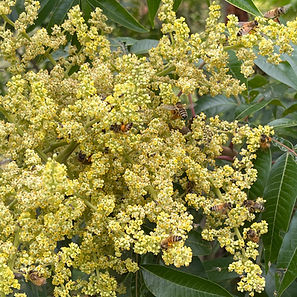top of page

Species Information

Tennessee Coneflower
Echinacea tennesseensis
What makes me special:
My flowers are visited by pollinators
My seeds are eaten by finches.
Warnings:
Not native to East TN.
I will hybridize with other Coneflowers; I am likely to produce hybrid seeds unless no other coneflowers are located within a mile of me.

Winged Sumac
Rhus copallinum
What makes me special:
I am an important summer nectar source for bees andn butterflies.
I am a larval host plant for the Red-Banded Hairstreak (Calycopis cecrops) and Luna Moth.
My fruits are eaten by songbirds, deer, opossums, wild turkey, and quail.
Warnings:
I am aggressive and can be invasive.
bottom of page






